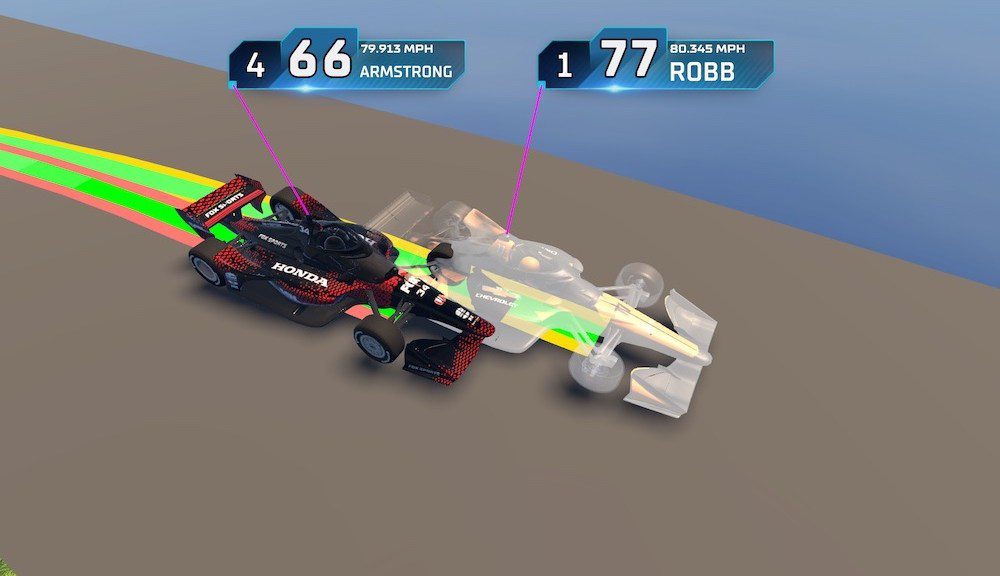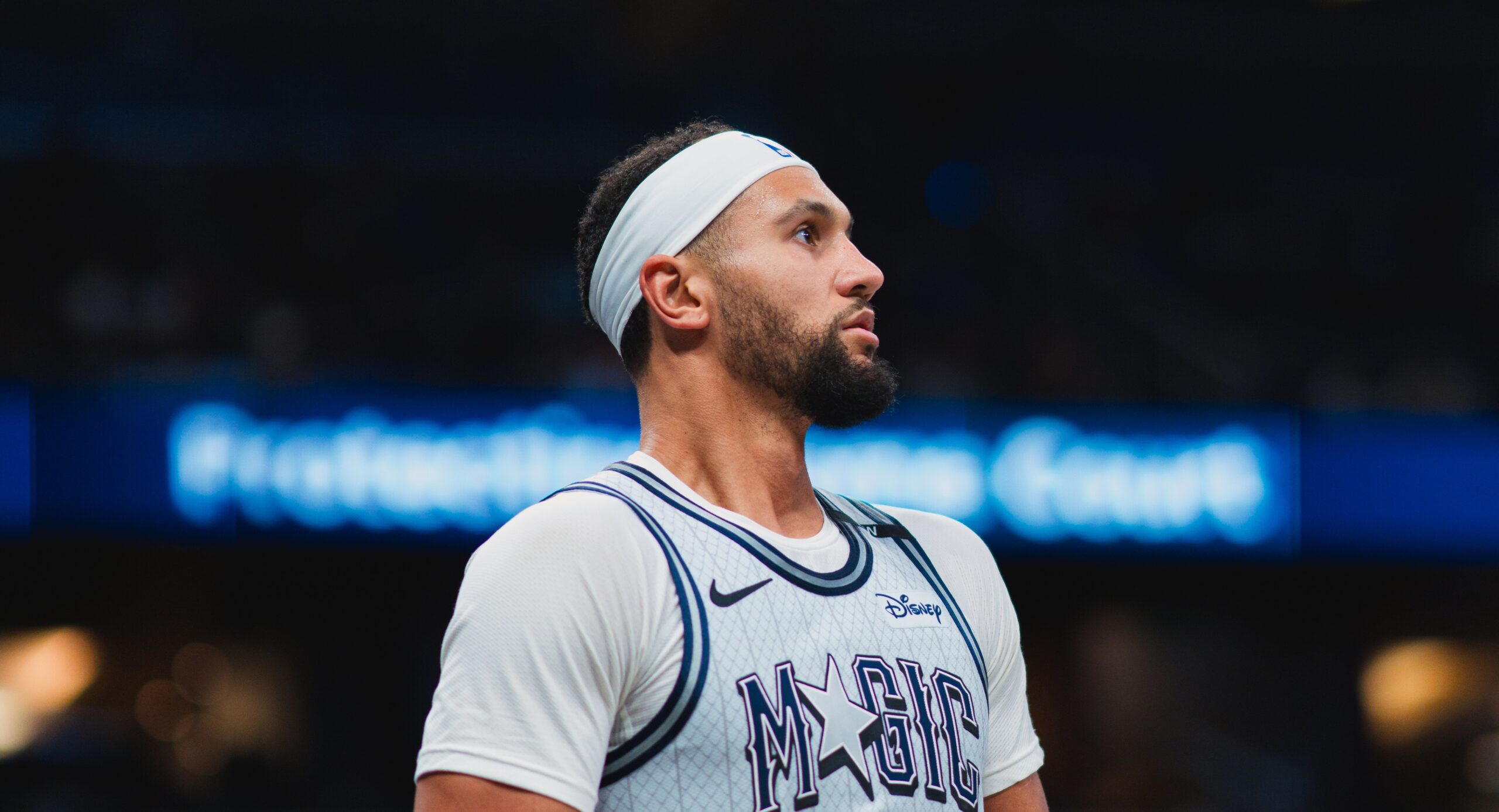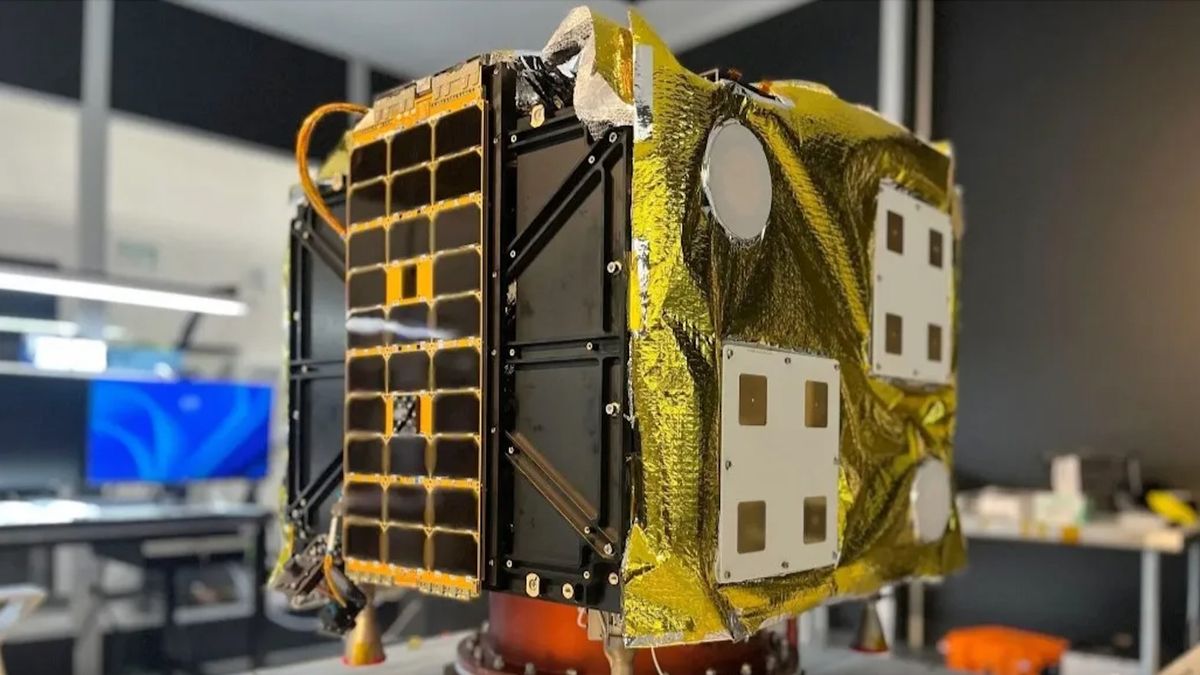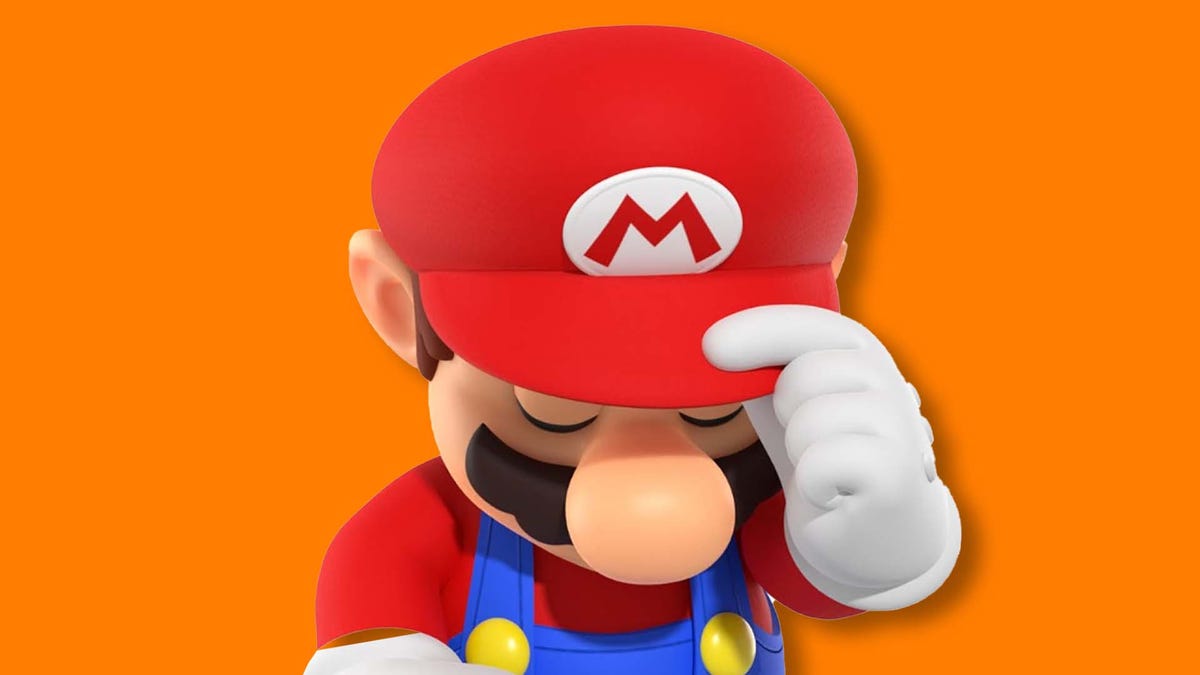
The IndyCar Series and FOX Sports have introduced an exciting new feature called “Ghost Car” technology, marking a significant milestone in their growing partnership.
This innovative tool, which has already proven effective in NASCAR coverage and Major League Baseball broadcasts by showcasing speed, trajectory, and distances of home runs, is set to enhance the IndyCar viewing experience, offering something entirely new for this racing series.
According to Zac Fields, FOX Sports’ Senior Vice President of Graphic Technology and Innovation, the Ghost Car technology is just the beginning. It will provide viewers with a performance comparison overlay, allowing fans to see how one car’s speed and progress stack up against another. As the season kicks off at St. Petersburg, audiences can expect more exciting features from this system to be unveiled during the broadcasts.
The Ghost Car system works using a dedicated GPS transmitter that each team integrates into their car chassis, positioned just above the drivers’ legs. This device collects precise location and speed data. Additionally, information from the car’s onboard systems—including RPM, throttle, brake pressure, steering angle, and gear position—is sent to FOX Sports for real-time processing and display during the race.
With numerous aspects yet to be explored within the Ghost Car technology—including capabilities that extend beyond simple overlays—Fields provided insights to RACER about what fans can anticipate during its inaugural season with IndyCar.


ZAC FIELDS: “Our CEO, Eric Shanks, has always aimed to track the cars with unparalleled accuracy. This required advanced technology, which we’ve developed in partnership with SMT.
“This initiative involves a collaboration between FOX Sports, SMT, and IndyCar to ensure we have the right tools in place. Last year, SMT conducted tests integrating their vector-based system into the cars. Each IndyCar will now be equipped with a GPS and telemetry antenna, and SMT has installed receiver devices around the racetrack to accurately position the vehicles in a three-dimensional space. We’ve gained significant advantages similar to those seen in NASCAR, allowing for performance overlays that compare one car’s actions to another — providing a comprehensive view of trends, not just individual laps.
“You’ll particularly notice these contrasts on road courses, where varying driving lines will become apparent. Viewers will be able to compare a real car against the ghost car’s path, perhaps highlighting the difference in lines taken by the leader and second-place driver.”
Although FOX’s Ghost Car technology is brand new for IndyCar broadcasts, many teams have been utilizing similar tools for years. For over a decade, Infiniti Video Systems has outfitted tracks with cameras that provide teams with critical footage from vital corners of the race, allowing them to compare their performance against rivals using ghost overlays.
Founded by former racer Dave McEntee, IVS initially used technology from Dartfish but has since developed its proprietary software. They upgraded their services by integrating IndyCar timing and scoring information with video, enabling teams to analyze lap times alongside specific chassis setups for comprehensive performance insights.
Starting in 2025, Ghost Laps, a competing video comparison service headed by racing veteran Billy Vincent, joins IVS, bringing another layer of high-quality video analysis to IndyCar, ensuring an enriched experience for fans and teams alike.
FIELDS: “Interestingly, Dartfish was a technology that SMT previously employed across NASCAR and baseball, with some similarities to our current approach. The key distinction now is the precise data location with timestamps that can be harmonized with video footage, facilitating two-way integration.


“We are currently using a tool in NASCAR, which will be implemented in IndyCar called Broadcast Analytics. This enables eye-catching visuals—computer-generated representations that can occupy the full screen or be presented in smaller segments, allowing us to narrate exciting stories from any angle. We can position ourselves right above the car or simulate a drone view. This CG environment is incredibly engaging and helps us convey narratives by overlaying CG graphics over live footage.
“Our goal is to utilize this capability as much as possible. If we want to position a camera in innovative ways, we can use the CG environment to visualize how current laps compare with previous performances. The process involves merging the collected data with calibrated cameras, providing precise vehicle locations for effective graphic overlays. This can enhance augmented reality features and create captivating stories.”
There’s also potential for IndyCar and FOX Sports to leverage the Ghost Car system to create new video clips for social media sharing post-event.
FIELDS: “For IndyCar, we currently plan to have four calibrated cameras at each venue. What’s truly intriguing is how our production teams, teams themselves, and IndyCar will utilize this technology. Whether during broadcasts or for digital content afterwards, there’s a wealth of possibilities to tell engaging stories.”
Fans who appreciated the in-cockpit data displays found in Formula 1 will soon find similar features arriving in IndyCar.
FIELDS: “Expect new heads-up display graphics in our in-car feeds. These cameras will showcase a wealth of telemetry data while also enabling us to place visual indicators over other cars, offering fans an insightful view of racing dynamics. This tracking is part of our ISO Track system with SMT, an optical-based solution that allows for aerial overlays as well.
“We can conduct aerial shots highlighting notable maneuvers or simply using this technology to narrate different elements of the race. There is an abundance of technology we are introducing in IndyCar to ensure we deliver an exceptional viewing experience.”










